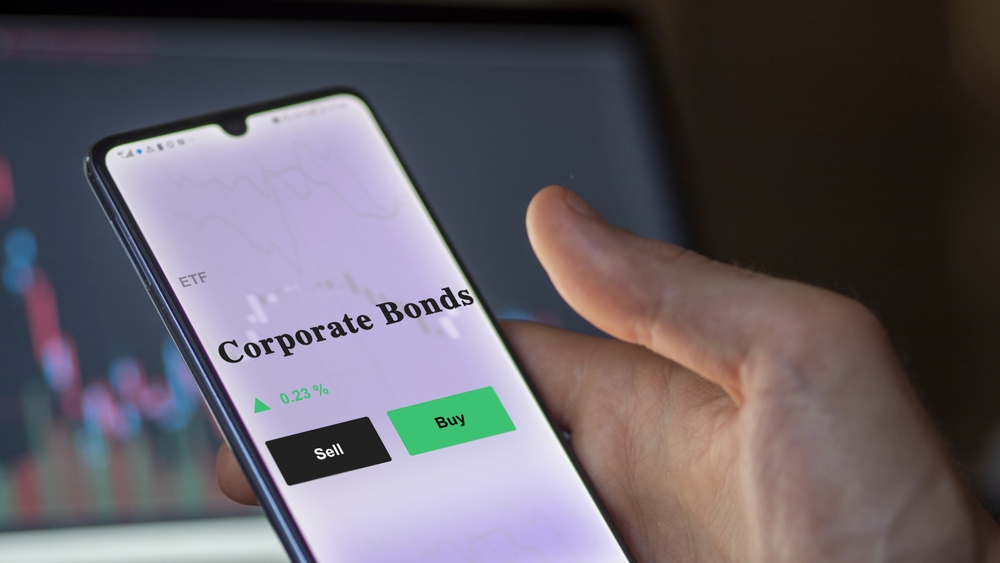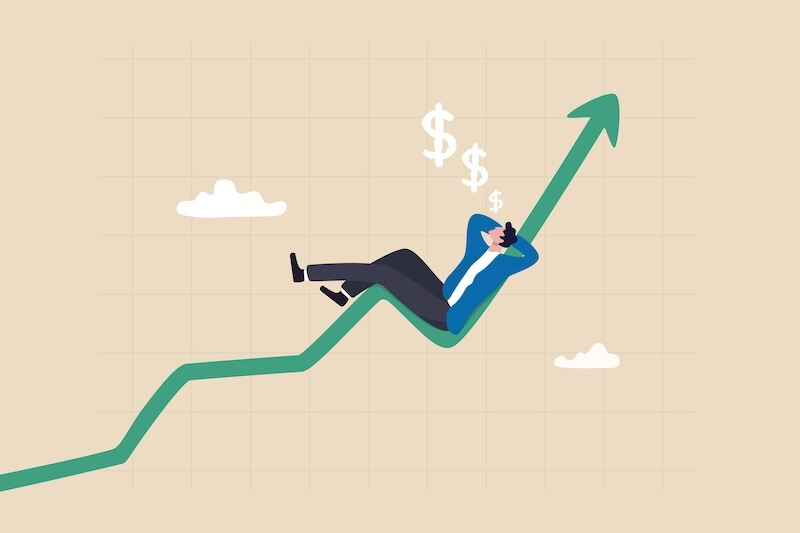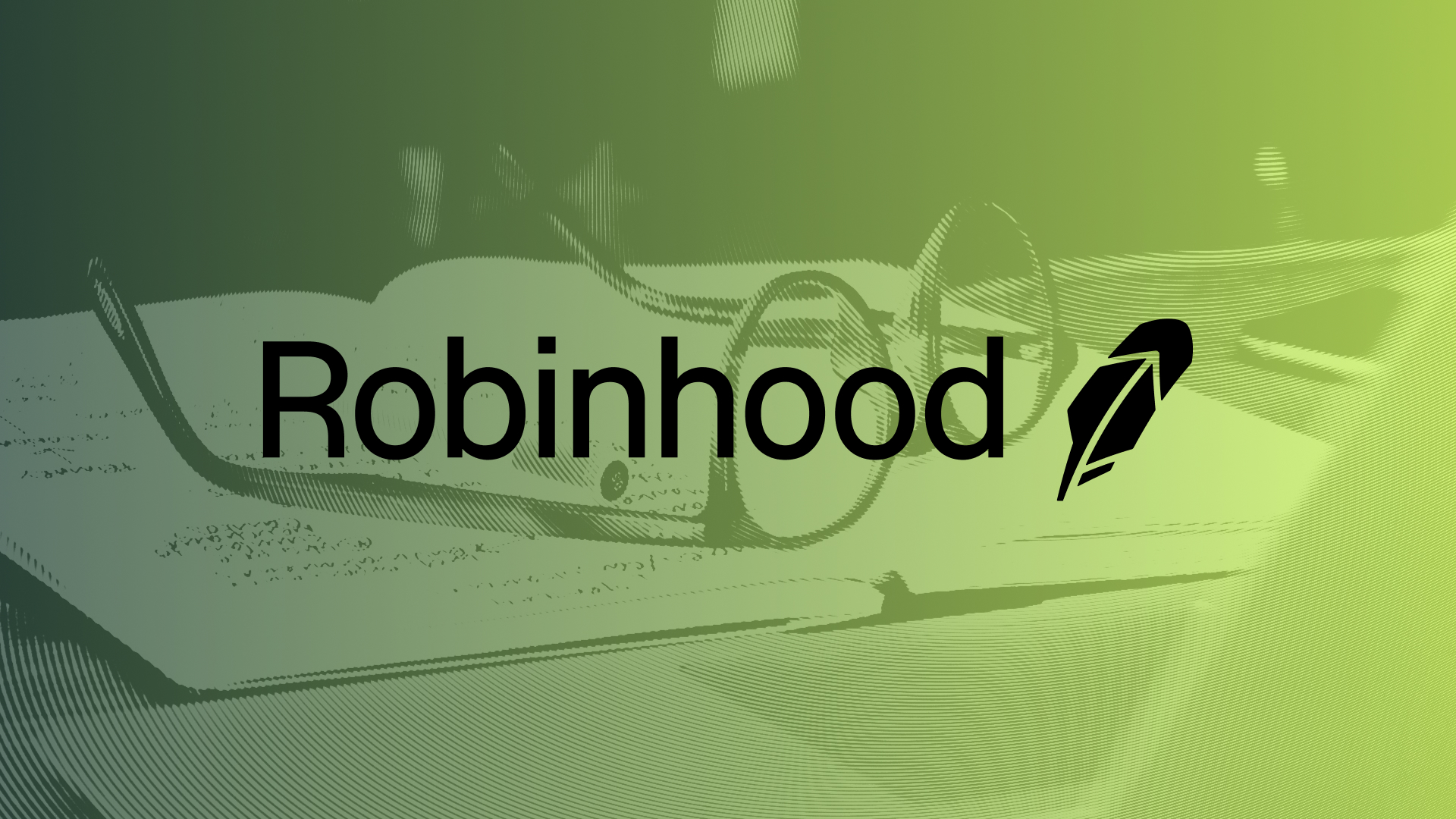For many investors, “bond” is a dirty word. Corporate debt is a no-no.
During the financial crisis and COVID-19 crisis, dozens of companies were dragged into bankruptcy… all because they were shouldering too much debt.
So today, too many investors are avoiding bond exposure altogether in their investment portfolios. They don’t understand the risk (or lack thereof) of owning corporate debt versus corporate equity.
It’s too bad. They’re missing out on a low-risk way to accelerate their retirement income and savings.
Bonds are a powerful tool for building wealth. That’s why they’re such an integral piece of The Oxford Club’s asset allocation model.
But if you’re unsure of how to buy into the B-word, relax. Today, I’ll show you one of the biggest mistakes new bond investors make… and it could be a costly one.
Starter Bonds
Think of a corporate bond as an IOU. It’s simply a loan that companies take out from investors to raise capital.
Bonds are typically sold to the public through offerings, and each bond has a $1,000 face value. Bonds are called fixed income securities because they pay a specified amount of interest at regular intervals. The face value, also called par value, is the amount of money that will be repaid upon maturity.
Bond exchange-traded funds (ETFs), on the other hand, track specific baskets of bonds and try to duplicate their returns. These funds hold individual bonds but trade on exchanges like stocks. And many of them are easier to buy and sell than individual bonds. This can make bond ETFs attractive to new bond investors.
But don’t get sucked in…
There are a few important differences between individual bonds and bond ETFs you should consider before making a move.
Corporate bonds trade only a few days a month. Many bond ETFs, like the iShares iBoxx $ Investment Grade Corporate Bond ETF (NYSE: LQD), trade millions of shares every day.
Another difference between bond ETFs and individual bonds is maturity. Bond ETFs don’t mature like individual bonds. They don’t have a set date when investors get their money back.
Instead, bond ETFs preserve a constant maturity. That’s the fund’s weighted average of all of the bond maturities in its portfolio. The ETF constantly buys and sells bonds to keep its portfolio’s target maturity constant.
One of the most attractive benefits of investing in individual bonds is that they pay out interest at scheduled intervals. Usually, investors receive these interest payments every six months.
Bond ETFs pay interest too. But since bond ETFs hold numerous bonds at once, they receive coupon payments at different times. So most bond ETFs will pay out interest monthly, and the amount they pay will vary from month to month.
Now, one big disadvantage of bond ETFs is that they offer no principal protection, since they never mature. You aren’t guaranteed to get your money back in the future.
Another big drawback is that bond ETFs are interest rate sensitive. If rates rise, the value of bonds in an ETF may fall, as will the value of the bond ETF. You’ll lose money if you have to sell the fund. So with a bond ETF, you still have market risk.
But when you own an individual bond, interest rates don’t matter as much. You can mitigate the risk of rising interest rates by holding on to the bond until maturity. At that time, you’ll receive the full face value of the bond.
Trade Up to a Superior Investment
While bond ETFs can easily provide investors with equitylike corporate bond market exposure, the investment instruments are far from perfect. And investors in these funds should also account for the fees bond ETFs charge, called the expense ratio, when calculating returns.
So if you want to really juice your yields while minimizing your market risk, stick to individual bonds.
Credit: Source link











![Just released: our 3 top income-focused stocks to buy in January [PREMIUM PICKS]](https://www.fool.co.uk/wp-content/uploads/2023/04/Three-fingers-1200x675.jpg)


